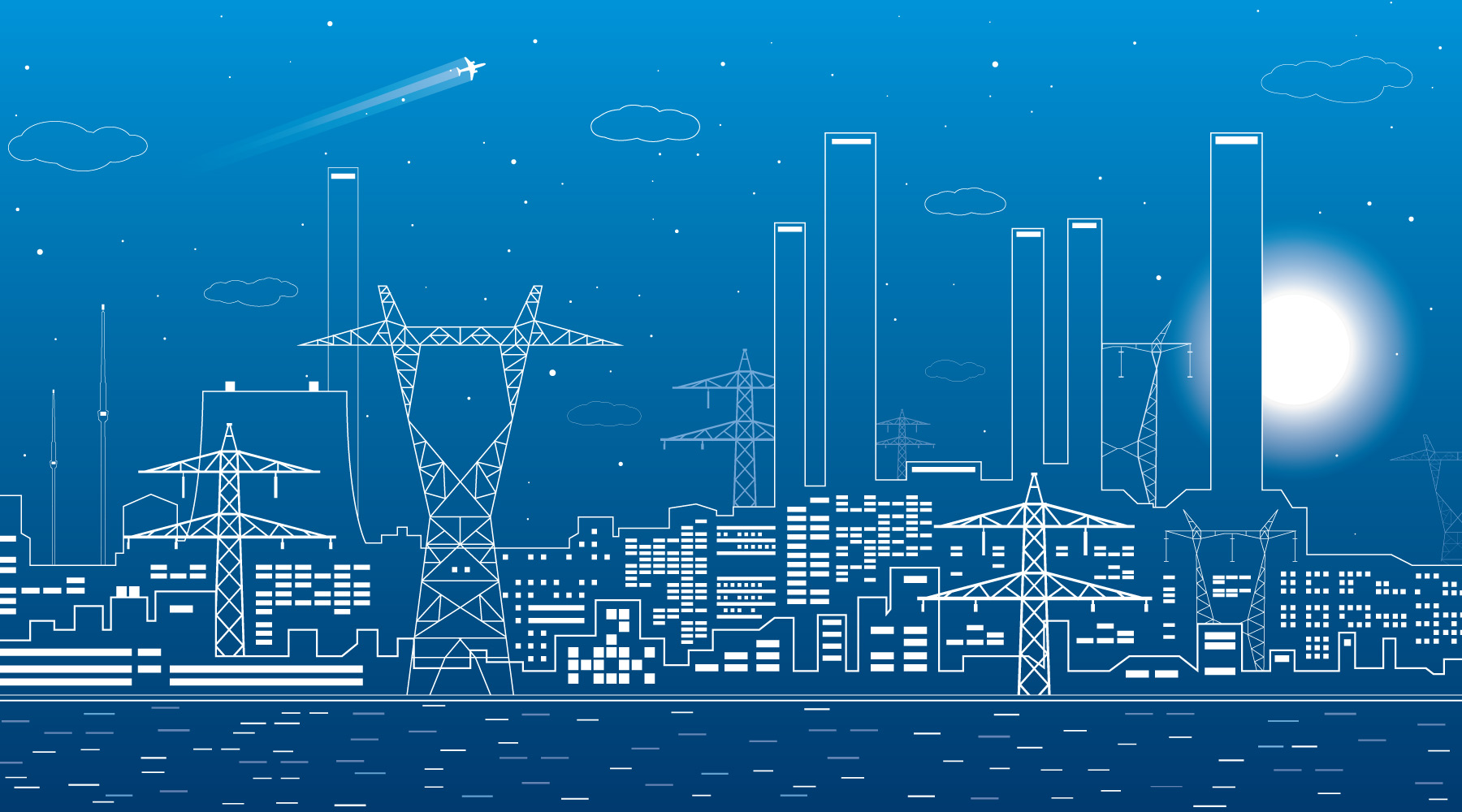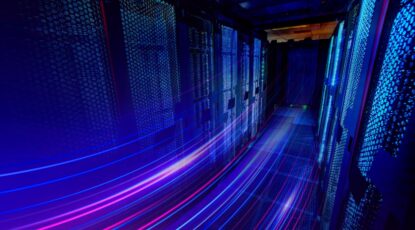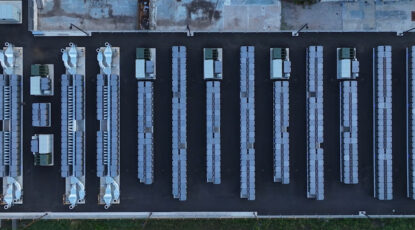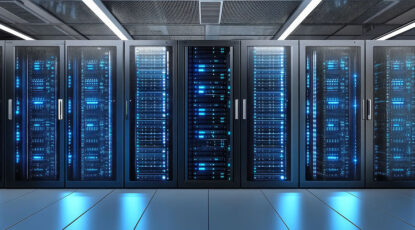RELATED: Check out the first blog in the Disaster Preparedness series: Weathering 2020’s storms: Microgrids provide peace of mind amidst crises
The COVID-19 outbreak is impacting businesses and communities around the world. It’s crystallized how globally interdependent society is, revealing just how vulnerable we are to disruptions that impact the production and distribution of goods and services.
Communities and businesses are learning they must be locally resilient to survive. Localizing critical services such as food and hardware supplies, as well as medical and manufacturing services is necessary to serve communities when global supply chains are disrupted.
Much like these critical services must be localized, so must one of the most important products we constantly rely on – electricity.

Local energy resilience is a critical aspect of disaster preparedness for businesses and communities alike.
Electricity: An essential resource amidst disasters
Access to electricity is an imperative for community continuity and resiliency during crises (whether natural disasters or human-made).
Electricity powers livelihoods. It powers critical telecommunications networks and data centers allowing communities to stay connected and access valuable information during times of uncertainty. It powers supermarkets and large retail stores providing the goods people need to shelter in place. Most importantly, it powers hospitals and healthcare facilities offering essential care and treatment needed to beat diseases and help those in need.
These are essential services for communities, but the fact is, they’re not secure without power security.
RELATED: Electricity in the Digitized World: A Perspective from KR Sridhar
More than 90 percent of electric outages are a function of grid distribution failure. Between 2016 and 2017, the number of people impacted by outages in the U.S. more than doubled to 36.7 million, according to the Eaton Blackout Tracker. These outages lasted twice as long as the year before, averaging nearly eight hours per disruption.
During California’s 2019 fire season, prolonged power cuts to more than 100,000 businesses caused significant economic disruption. Hurricane Maria devastated most of Puerto Rico’s grid and left communities without power for months. As recently as 2012, power was out for weeks in areas like New Jersey and New York’s Long Island.
It’s unnerving to consider – what would those experiences have been like if they had coincided with the COVID-19 pandemic?
Microgrids create local, always-on pockets of power
One solution rising to the top to address these challenges is the microgrid. Although the technology isn’t necessarily new, the abundant demand for what it brings to the table is – local energy resilience. Microgrids are localized sources of power that island from the main power grid during outages, providing a safe haven of power. They can pair multiple distributed generation technologies at a single site, enabling facilities to progress sustainability goals with cleaner power generation choices.
Most importantly, microgrids generate and use power in the same location, resulting in reduced reliance on long-distance transmission lines and increased energy independence. Because of their islanding feature, microgrids allow critical facilities providing essential services to stay up and running in times of crisis, thus enabling people to safely shelter at home.
Microgrids are hitting the mainstream, proliferating across North America, which recently earned the top spot in the global microgrid market. As of the first quarter of this year, there are more than 6,600 microgrid projects worldwide, representing more than 31,700 MW of capacity.

As climate change is bringing higher-intensity and longer-lasting severe weather events across the globe, the need for local power resiliency is only further reinforced.
According to the U.S. Energy Information Agency (EIA), nine of the top 10 most significant U.S. blackouts in 2017 were weather-related. The unprecedented weather events that swept across the nation in 2018 and 2019 alone are telling – Florida’s Hurricane Michael, California’s Camp Fire, and the Midwest’s polar vortex, to name a few.
These are motivating businesses and communities to add energy independence to their disaster preparedness kit, so they can be locally resilient to macro disruptions.
Defend your business or community against power outages
The business sector is among the fastest to adopt microgrids. In the latest microgrid project tracker, the commercial and industrial sector accounted for more than 85 percent of new projects.
Rapid Microgrids for disaster preparedness
As a leader in microgrids, Bloom has adapted its microgrid solution to enable community continuity in times of emergencies. Our Rapid Microgrid can be deployed in a matter of days to serve critical facilities with the local, reliable power they need.
In fact, last month, we deployed two of these projects at California field hospitals built to support expected COVID-19 patient overflow.
RELATED: Powering field hospitals to save lives during the COVID-19 outbreak

In April, Bloom’s microgrid helped keep a New York supermarket up and running through a short grid outage, ensuring the store could continue serving its customers during COVID-19.
RELATED: Bloom kept customers up and running in 2019, despite rising grid failures
In times of uncertainty, grocery stores, hospitals, and other critical facilities can’t afford to be without power. So, let’s be prepared. Let’s ensure our critical facilities are self-reliant and capable of serving their communities in times of need.
#TogetherWeCan #BeTheSolution
Get started with a Rapid Microgrid today
Asim Hussain oversees commercial strategy and customer experience at Bloom Energy. In his 10 years at the company, Asim has held various strategic marketing positions. He has extensive knowledge in clean tech energy, distributed generation, smart grid, and energy economics.




